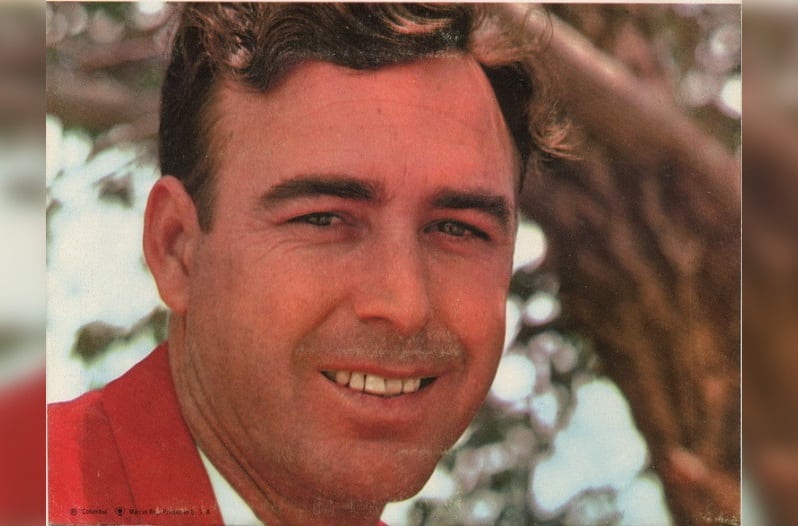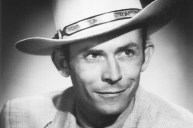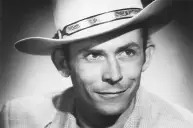Johnny Horton was one of the biggest honky-tonk country singers in the '50s and '60s. Though his life was cut short when he was at the height of his career, his songs remain classics and he will live on forever through his music.
The Early Years
Horton was born John LaGale Horton in Los Angeles in 1925, but grew up in Cherokee County in east Texas. After attending various Texas colleges, he moved back to California and obtained a job in the mailroom at Selznick International Pictures.
Horton briefly moved back to Texas where he won a talent contest and felt encouraged to move back to California to formally pursue his new passion of performing and writing songs. He made regular appearances on Cliffie Stone's Hometown Jamboree, which led to opportunities to record with Abbott Records. Pretty soon, Horton was regularly appearing on Louisiana Hayride and decided to move with his wife Donna to Shreveport, Louisiana, where the show was filmed.
https://www.youtube.com/watch?v=Ps35x3mDRZQ
Following the move, Horton signed a contract with Mercury Records and started making music. He began touring with his backup band under the name The Singing Fisherman and the Rowley Trio, but later changed the name to Johnny Horton and the Roadrunners. After constant touring, his marriage started falling apart and Donna moved back to California.
The following year, Horton married the widow of Hank Williams, Billie Jean Jones. At this point, he had a few decent songs with Mercury, including "All for the Love of a Girl," but his contract expired. He took a year-long break from music to work in a tackle shop but quickly obtained a new contract with Columbia Records and went to Nashville to record.
Nashville
After moving to Music City, Horton's sound changed a bit to his classic "rockabilly" style which was influenced by Elvis Presley. "Honky Tonk Man," later a top 10 hit for Dwight Yoakam, was released in 1965.
His follow up single, "I'm a One Woman Man" reached number 7 on the charts. (The song was later a hit for George Jones.) "I'm Coming Home" and "Sleepy-Eyed John" were also well received.
One of the greatest hits of Horton's career came in 1959 with "The Battle of New Orleans" written by Jimmy Driftwood. Horton won the 1960 Grammy Award for Best Country & Western Recording and the song was later inducted into the Grammy Hall of Fame.
Read More: The 10 Best Johnny Horton Songs, Ranked
"Sink the Bismark" (later "Sink the Bismarck") reached No. 3 on the country charts in 1960. He also found success with "North to Alaska," which was featured in the John Wayne film of the same name. Horton was at the top of his country music game.
Sadly, on November 5, 1960, Horton was traveling with band members Tommy Tomlinson and Tillman Franks from Austin, Texas to Shreveport, Louisiana when they collided with a truck near Milano in Milam County, Texas. Horton died in the ambulance before reaching the hospital and all others involved were seriously injured. Eerily, both Horton and Hank Williams gave their final public performances at Austin's Skyline Club — while they were married to the same woman.
Horton's friend Johnny Cash was one of the speakers at his funeral. Cash later dedicated his cover of "When It's Springtime in Alaska (It's Forty Below)" to Horton. The singer was posthumously inducted into the Louisiana Music Hall of Fame.
Horton is best remembered for his contributions to the world of country music with his honky-tonk song, rockabilly style and lyrics that embodied American historic folk legends that will forever resonate with listeners.
Now Watch: 10 Legendary Instruments of Country Music




